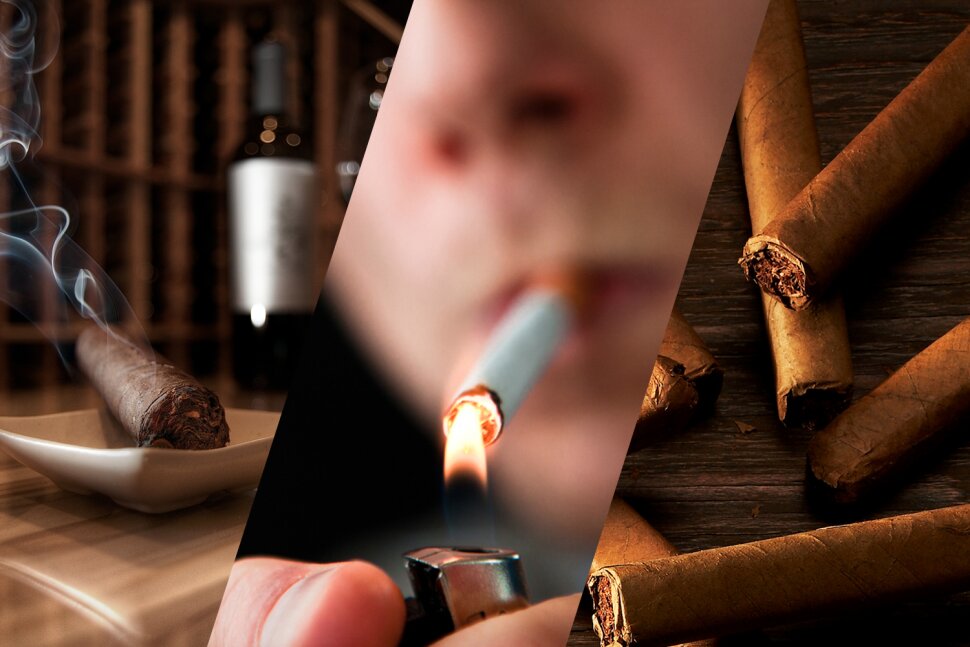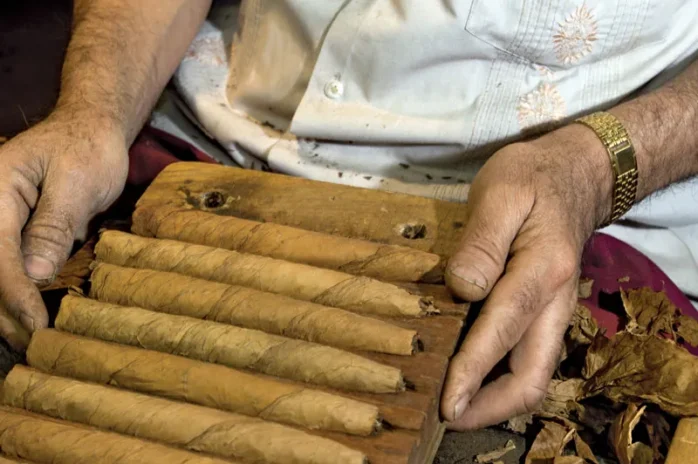
Smoking cigars is an extraordinary experience. Before you become an expert in cutting, lighting, and cigar smoking, you first need basic information about cigars. Knowing which cigars are obtained is a challenge for several casual smokers, let the novice smokers themselves. They come in various forms, brands, wrappers, and sizes.
Next, suppose you are interested in getting into it. In this case, you may be equally interested in knowing what happens to make quality cigars and things like the shelf life. On a lighter note, sharing what you know about your cigar with someone else is a great conversation starter. What better way to enjoy your cigar in the lounge rather than talking about it with fellow novices and fans.
Even though you might be tempted to start with cheaper smoking, don’t avoid shopping at your first premium BNBTobacco if you want a great first experience. Unfortunately, cheaper cigars often have inferior quality than premium, even though this doesn’t always happen. To help you on your trip, here are some basic things you need to know.
1. They are Natural Products, Artisanal
In today’s business world, businesses quickly use keywords such as “natural” because customers value artisanal and natural products as premiums. Unlike most gimmicky products, handmade cigars are certainly qualified for these credentials. Smoking is made of pure tobacco and is not polluted.

There is no leaf that is artificially or chemically treated to change the actual taste. Instead, taste, color, and other qualities are achieved naturally. This makes them a work of art. Different brown nuances are obtained through organic processes, and taste also occurs naturally. Preservatives, dyes, and sweeteners are provided for cigarettes and cigars produced with machines.
Making cigars with hands done by artists, and combining tobacco requires skills and experience. The best cigar is its maker’s expression.
2. Fermented Tobacco
Fermentation is used in alcohol production and is also used in the tobacco industry. The type of fermentation on the latter is known as microbial fermentation. It utilizes water, oxygen, and pressure to break down tobacco leaves organically. During the process, heat is released when leaves undergo physical and chemical changes through oxidation and moisture. Alcohol is not produced.
The main reason for this process is to ensure that tobacco feels better. Odor and taste become less bitter and astringent but nuttier, sweeter, and more interesting, thanks to fermentation. The process involves healing leaves in the warehouse, and the only thing added is water. Because the Tobacco Leaves Are Arranged In Large Piles, The Weight Causes Pressure Resulting In A Microbial and Enzymatic Breakdown. Heat is a by-product.
After the internal temperature is ideal, the stack is separated. Subsequently, they are rotated by hand and reassembled meticulously. Tobacco Leaves Are Fermented According to Type And Size. In Order to Produce High-Grade Cigars, This Process Cannot Be Rushed OR Skipped As Under Fermented Tobacco Usually Has A Harsh After Taste. It Also Smells Like Ammonia.
3. You should Smoke Cool and Slowly
Puffing too often is a common mistake among cigar smokers. There are some reasons why it is ill-advised. First, the point of smoking cigars is savoring and enjoying the experience. When you smoke too fast, you are doing the opposite. If you have made this mistake before, try slowing down and taking your time, and you will experience a significant difference.
Besides that, there is a deeper reason why puffing fast is not ideal. When you puff too frequently, you are bound to overheat your cigar, making it bitter. Unfortunately, this bitterness is often irreversible. A well-made smoke is crafted to burn cool and slow, which steadily impacts the flavor.
On the other hand, you shouldn’t smoke too slowly either because your cigar will probably go off. Relighting it repeatedly can result in unsavory tastes of char, bitterness, and carbon. For the best flavors, puff in 30 seconds or 1-minute intervals. Lastly, leave the ash because it serves as a temperature regulator.
4. Price and Quality
The price of a cigar is not always an indication of its quality. Therefore, a cigar costing $25 is not always more enjoyable than one that costs $ 10. That is the reason why cheaper cigars sometimes perform better than pricey ones. At the same time, you should understand that premium cigar are made from premium materials.
The best materials, finest craftsmanship, and stringent quality control will cost substantial money. Therefore, there are different levels of quality depending on aroma, flavor, burning, and appearance. You are bound to pay a premium price for a high-grade leaf compared to a coarse one that isn’t as flavorful or aromatic. As mentioned above, tobacco has to undergo fermentation in cigar making.
Some leaves take longer to ferment, and the longer the cycle, the higher the cost of production. Unfortunately, sometimes cigars have a premium price point for gimmicky purposes. However, this is not often the case, and usually, the cost of premium smokes is justified. Try different flavor profiles while staying within budget to ensure that you don’t regret anything.
5. Know the Blends
Choosing wisely when purchasing cigars is crucial. This primarily means understanding different blends before buying anything. Doing so ensures that you don’t get cigars that are too mild or too strong. Knowing the basics of a blend is all you need. That doesn’t necessarily mean knowing every last component of your cigar of choice.
Many casual smokers know the intensity they prefer, whether mild, medium, or strong. If you are a novice, you will need to try different flavor profiles and intensities to know which you like best.
Take Away
Cigars are an experience, a lifestyle. Learning new things in this area will give you a better start and prepare you for what to expect. If you still have questions and want a more hands-on experience, try frequenting your local cigar lounge. You will find many people with similar interests, and you can learn from them.
